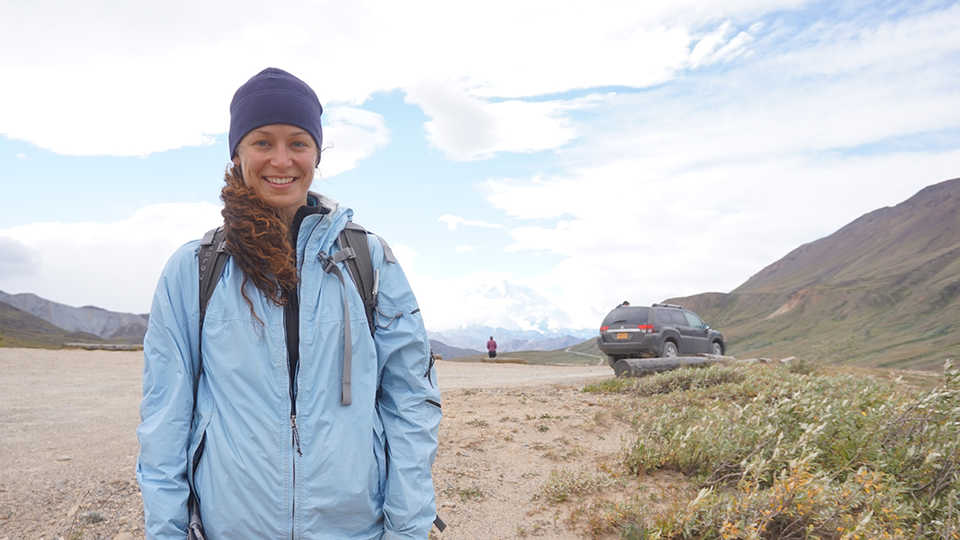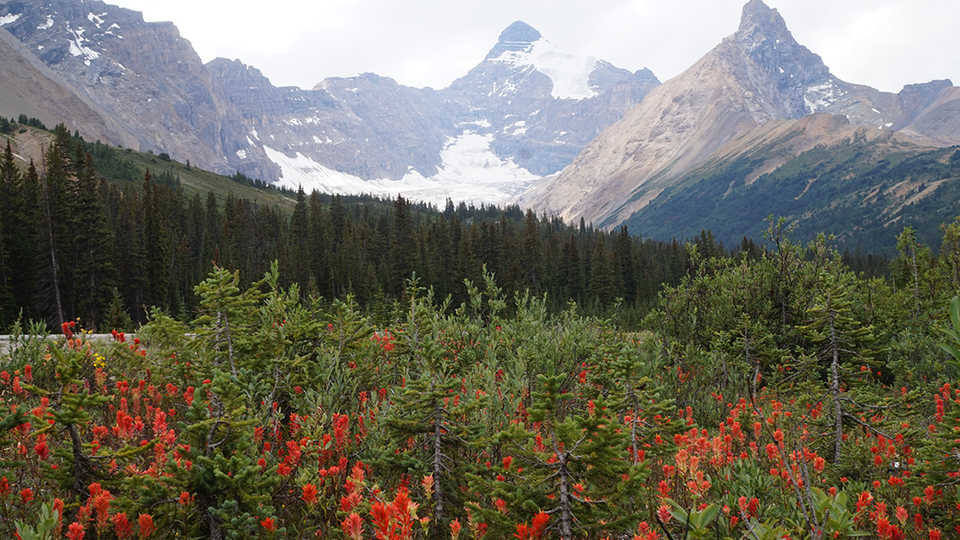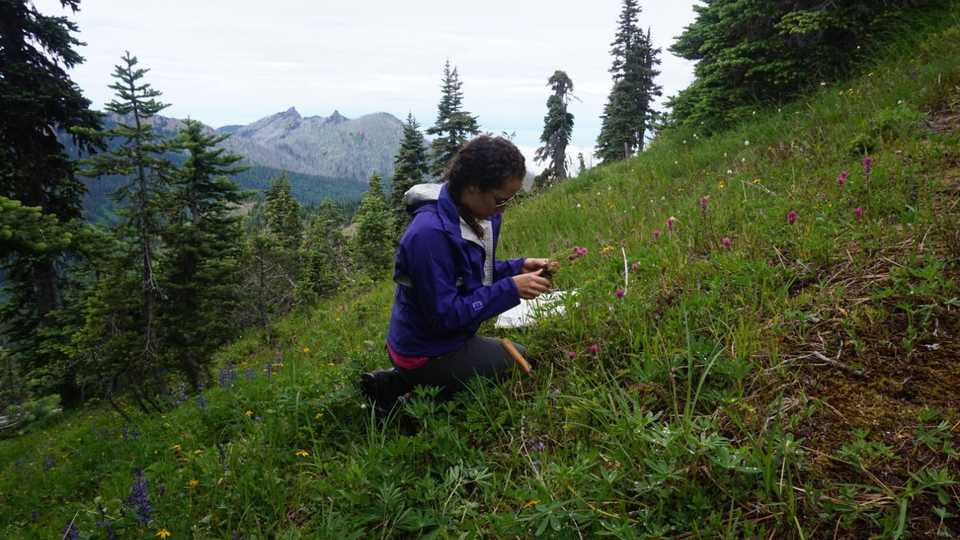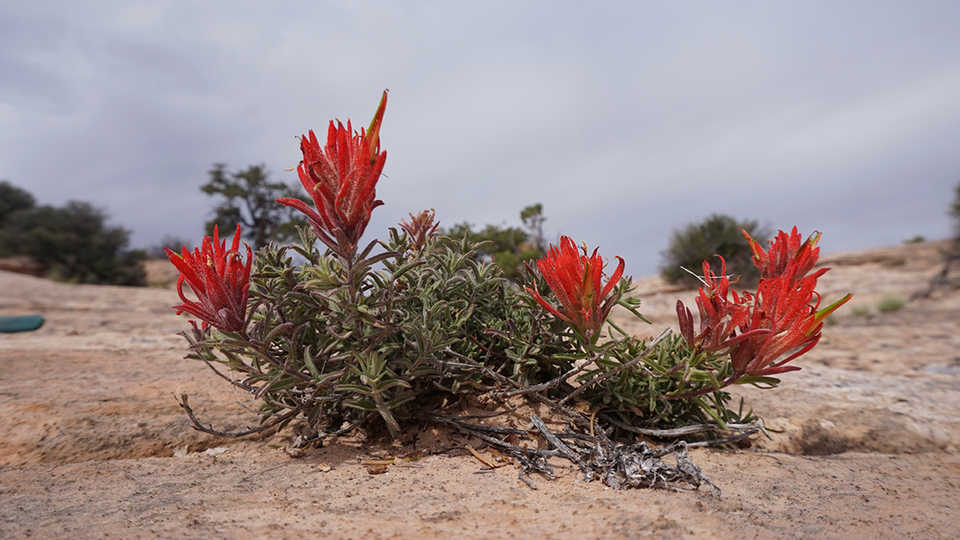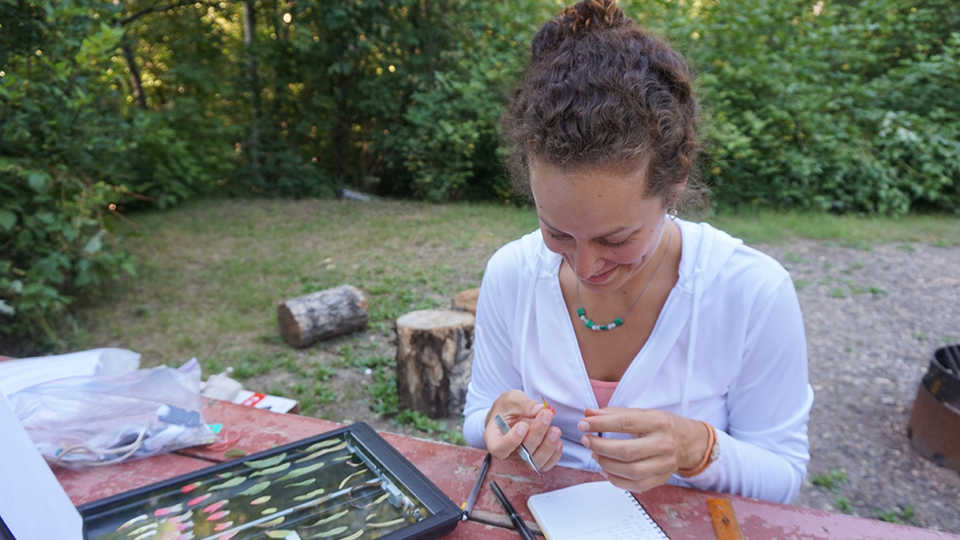The Institute for Biodiversity Science and Sustainability at the California Academy of Sciences is at the forefront of efforts to understand two of the most important topics of our time: the nature and sustainability of life on Earth. Based in San Francisco, the Institute is home to more than 100 world-class scientists, state-of-the-art facilities, and nearly 46 million scientific specimens from around the world. The Institute also leverages the expertise and efforts of more than 100 international Associates and 450 distinguished Fellows. Through expeditions around the globe, investigations in the lab, and analysis of vast biological datasets, the Institute’s scientists work to understand the evolution and interconnectedness of organisms and ecosystems, the threats they face around the world, and the most effective strategies for sustaining them into the future. Through innovative partnerships and public engagement initiatives, they also guide critical sustainability and conservation decisions worldwide, inspire and mentor the next generation of scientists, and foster responsible stewardship of our planet.
Sarah Jacobs, western flora specialist, joins the Academy’s Institute for Biodiversity Science and Sustainability
SAN FRANCISCO (September 15, 2020) – The California Academy of Sciences is pleased to announce the appointment of Sarah Jacobs, PhD, as an assistant curator of botany and Howell Chair of Western North American Botany. In her new role, Jacobs will continue her research on characterizing the evolutionary drivers of plant diversity by examining young lineages like Castilleja, stunning wildflowers more commonly known as the paintbrushes. She will also continue the Academy’s strong legacy in western North American botany by expanding the institution’s collection to include more flora from across the West. In addition to her research, Jacobs brings a collaborative spirit to the local botanical community and a passion for science mentorship to the Academy’s education and outreach programs. The public can tour “The Wild World of Parasitic Plants” with Jacobs in a free mini-class livestreamed through the Academy’s Breakfast Club series.
“We’re thrilled to welcome Sarah to the Academy,” says Shannon Bennett, PhD and Academy Chief of Science. “She embodies the institution’s core strengths in biodiversity research and natural history collections, plus she shares our commitment to community collaboration and youth mentorship. California is home to the California Floristic Province, an unusually high concentration of plant species found nowhere else and renowned worldwide for its evolutionary innovation. Sarah’s research critically advances our understanding of plant speciation in California and honors the legacy of the Howell Chair. We need her vision and expertise to document—and better protect—the immense diversity of our beloved state flora!”
Originally from Arkansas, Jacobs is delighted by her new Bay Area home, especially during summer when the hills transform into a living laboratory. Her research subjects typically bloom from March through August in a brilliant array of hues from deep purple to red, orange, yellow, and white. “I can walk outside my door and access many different species of Castilleja,” says Jacobs, a new resident of Marin County, which is also home to ten paintbrush species (like the federally endangered Tiburon paintbrush, Castilleja affinis neglecta, which is found only in the Bay Area).
California hosts the highest diversity of paintbrushes—over 40 distinct species—in North America, but the family tree is as convoluted as the plants are colorful. Species are painstaking to tell apart because Castilleja is a young lineage that diversified relatively recently. But Jacobs sees this challenge as an opportunity. Through her work to sort the group’s evolutionary history, she’s also characterizing the early stages of speciation—essentially, how to tell when a single lineage has split into two that are on independent evolutionary trajectories.
“Humans have a natural impulse to categorize things,” says Jacobs, “and species are the units we typically use to describe and understand the world around us—we talk all the time about conserving species. Regardless of your background, a species means something to you.”
But sometimes Jacobs encounters species that are not perfectly distinct entities according to existing classification systems. “When they’re not tidy little packages, how do we tidy them up? Should we expect to be able to do it?”
To address these questions, Jacobs focused her PhD at the University of Idaho on amassing large data sets that combine ecological, geographic, and molecular information along with plant measurements to sort out tangled species relationships. One of her goals is to create a general framework that can be applied to other plant lineages, with the aim of asking broader questions about the evolution of species in western North America. At the Academy, Jacobs will delve into cutting-edge genomics, size and shape analyses, and statistical approaches to further develop her framework. Her work will help to resolve long-standing taxonomic questions and reveal the evolutionary drivers responsible for such incredible plant diversity across the West.
“Species are continually evolving. They’re not static, and we can’t take that for granted,” Jacobs says. “What we see today is a snapshot in time. We’re defining species right now at this moment, which means if we define them 100 years from now, they might look different.”
Almost a century ago, Academy botany curator Alice Eastwood had the foresight to document western flora. Eastwood collected extensively throughout California with a particular fondness for Castilleja, describing many paintbrush species for the first time. Her specimens are preserved in the Academy’s collection, as are those of her protégé, Academy Curator John Thomas Howell, whose legacy Jacobs honors as the newly appointed Howell Chair. Howell’s enduring enchantment with local flora throughout his prolific career helped establish a baseline of botanical knowledge across California.
With over a decade of herbaria experience—collecting, processing, curating, and digitizing specimens—Jacobs will continue the pioneering work of Eastwood and Howell. She hopes to retrace their steps, documenting change by collecting at the same locations. “I hope to provide a lens through which we can measure changes in species composition of communities and habitats through time,” says Jacobs. “This kind of information can help us dig into all kinds of conservation questions by building upon this record of California’s botanical heritage.”
Most importantly, Jacobs keeps an eye to the future by encouraging the next generation of scientists. She loves to point out that there is no one right path to science, and is thrilled by the opportunities the Academy provides to work with the public, particularly youth. Jacobs happened upon botany late in her undergraduate career—hooked by the “a-ha” moment of viewing a daffodil under a dissecting microscope for the first time—and never looked back. “I love working with students at decisive points in their life to show them that science is not unattainable,” says Jacobs. “Science is for everyone. Anyone can do it if it excites them. I’m always trying to find that a-ha moment with students.”
Press Contacts
If you are a journalist and would like to receive Academy press releases please contact press@calacademy.org.
Digital Assets
Hi-res and low-res image downloads are available for editorial use. Contact us at press@calacademy.org to request access.
